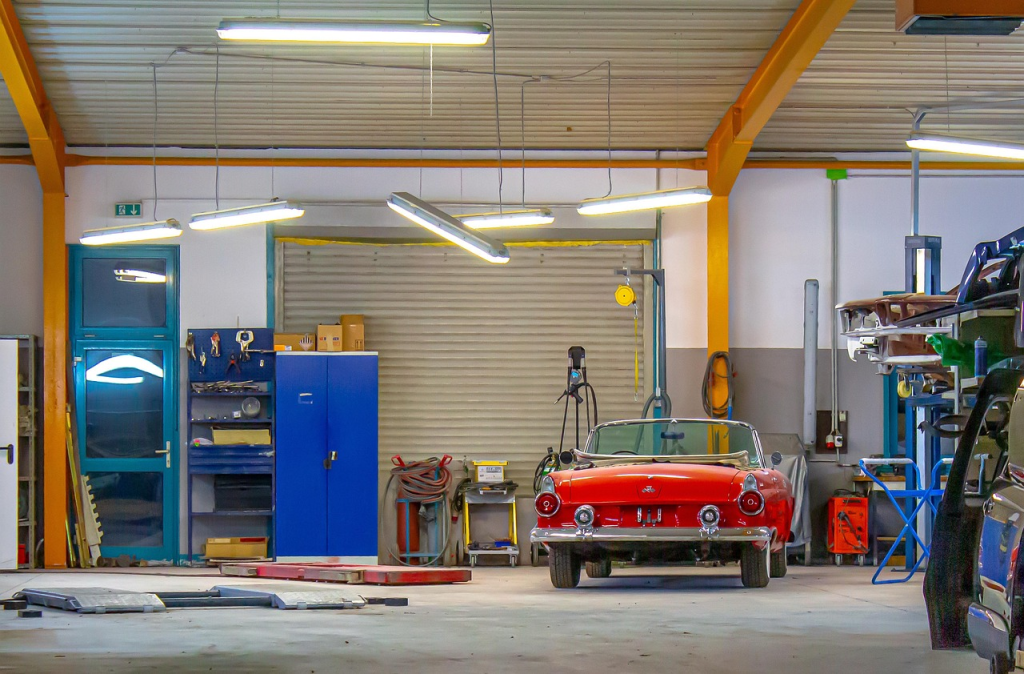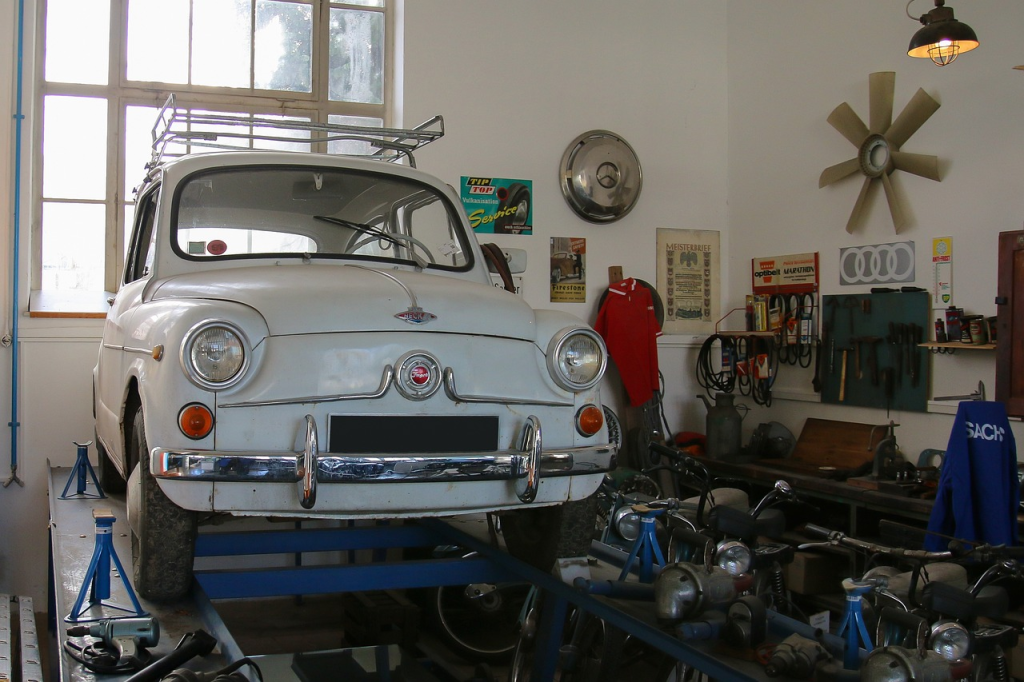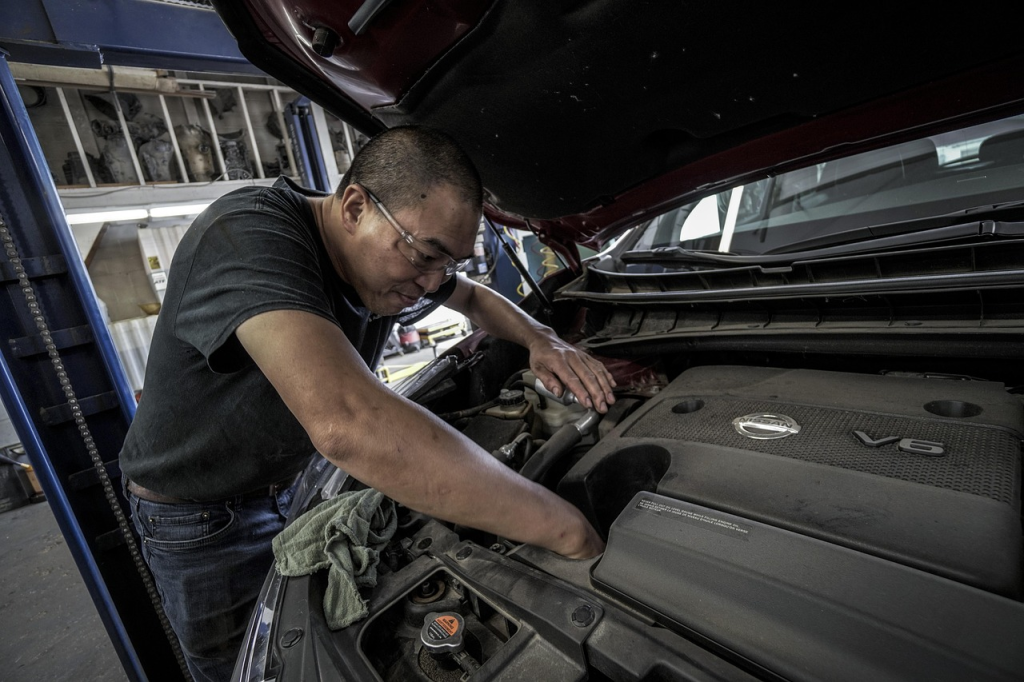
Introduction
After a car undergoes body repair, whether due to an accident, dent removal, or paint touch-up, the vehicle often requires thorough cleaning to restore its appearance. Proper cleaning not only enhances the car’s look but also ensures that the new paint or bodywork lasts longer. Following detailed instructions from a BMW workshop Manuals can guide car owners and mechanics on best practices to maintain the car’s finish and prevent damage.
The process of how to clean a car after body repair involves multiple steps, including removing dust, polishing paint, cleaning hard-to-reach areas, and protecting surfaces with appropriate products. In this article, we will explore each step in detail, helping you achieve professional results while using insights from BMW workshop Manuals.
Why Cleaning Is Important After Body Repair
Body repair processes such as sanding, painting, and polishing often leave behind dust, debris, and residues. Ignoring these can:
- Scratch or damage the new paint
- Cause uneven surfaces
- Lead to premature deterioration of bodywork
Using a BMW workshop Manuals ensures that each cleaning step follows manufacturer-recommended methods, protecting your car and extending the life of the repair. Knowing how to clean a car after body repair correctly is crucial for anyone who wants a professional finish and long-lasting results.
Tools and Materials Needed

Before starting the cleaning process, gather the right tools and materials. A proper setup reduces the risk of errors and ensures efficiency. Essential items include:
- Microfiber cloths and soft sponges
- Car-safe cleaning solutions and soaps
- Clay bars for surface impurities
- Polishing and waxing products
- Buckets and water hose
Following instructions from BMW workshop Manuals will help you understand the safest products and techniques for your car’s specific paint and finish. Using the right materials is a key step in learning how to clean a car after body repair.
Step-by-Step Process to Clean a Car After Body Repair
Step 1: Rinse the Car
Begin by rinsing the entire vehicle to remove loose dirt and debris. This prevents scratching the paint during washing.
Step 2: Wash with Car-Safe Soap
Use a mild, car-specific soap and a soft sponge. Gently clean each section, paying special attention to areas around the repaired parts.
Step 3: Clay Bar Treatment
After washing, use a clay bar to remove microscopic contaminants. This step smooths the surface, preparing it for polishing or waxing.
Step 4: Dry Properly
Use microfiber towels to dry the car completely. This prevents water spots and streaks on the fresh paint.
Step 5: Polishing and Waxing
Apply polish to enhance shine and wax to protect the finish. For best results, follow the guidance in BMW workshop Manuals, which often provide recommended products and techniques.
Special Considerations After Body Repair

- Avoid harsh chemicals: New paint can be sensitive. Only use solutions recommended in BMW workshop Manuals.
- Temperature considerations: Do not clean in direct sunlight or extreme heat, as it can affect paint curing.
- Inspect for flaws: Carefully check the repair area for uneven paint or sanding marks before polishing.
By following these precautions, you can maintain your car’s professional finish while learning the proper methods of how to clean a car after body repair.
Benefits of Following BMW Workshop Manuals
Relying on BMW workshop Manuals for cleaning and maintenance after body repair has multiple advantages:
- Accuracy: Ensures cleaning techniques do not damage paint or parts
- Efficiency: Reduces time spent on trial-and-error
- Longevity: Helps maintain the new repair for a longer period
- Professional results: Your car looks and feels like new
These manuals are not just for mechanical repairs—they also provide guidance on body care, making them an indispensable tool for car owners and professionals alike.
Final Thoughts
Learning how to clean a car after body repair properly is essential for protecting your investment. Using the techniques recommended in BMW workshop Manuals, car owners and mechanics can ensure that every repair shines and lasts longer. With proper tools, materials, and methods, maintaining a freshly repaired car becomes easier and more effective, giving you a flawless finish every time.
